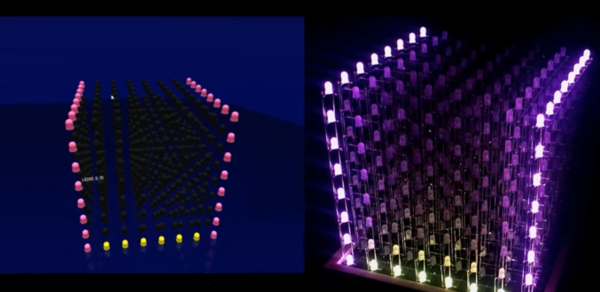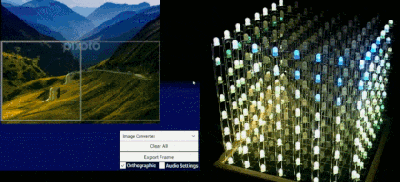There’s a lot of implantable medical technology that is effectively a black box. Insulin pumps monitor blood sugar and deliver insulin, but you can’t exactly plug in a USB cable and download the data. Pacemakers and cardiac defibrillators are the same way. For these patients, data is usually transmitted to a base station, then sent over the Internet to help doctors make decisions. The patient never gets to see this data, but with a little work and a software defined radio, a team on Hackaday.io is cracking the code to listen in on these implanted medical devices.
The team behind ICeeData was assembled at a Health Tech Hackathon held in Latvia last April. One of the team members has an implanted defibrillator keeping her ticker in shape, and brought along her implant’s base station. The implant communicates via 402-405MHz radio, a region of the spectrum that is easily accessible by a cheap RTL-SDR TV Tuner dongle.
Right now the plan is to intercept the communications between the implant and the base station, decode the packets, decipher the protocol, and understand what the data means. It’s a classic reverse engineering task that would be the same for any radio protocol, only with this ones, the transmissions are coming from inside a human.












 We’re not just talking about driving the LEDs themselves at a low level, but
We’re not just talking about driving the LEDs themselves at a low level, but 








